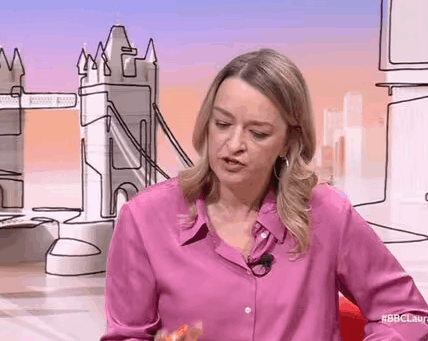Fears over a nuclear conflict have been sparked after a US attack on three nuclear sites in Iran, and many have been left wondering where in the UK would be safest in such an event

Where exactly would you take shelter? (Image: Getty Images/iStockphoto)
US strikes on three Iranian nuclear facilities have sparked terrifying fears of a nuclear war. Concerns are rising about the safest place to be in the event of a nuclear disaster striking closer to home.
Iran’s Foreign Minister Abbas Araghchi has issued a stark warning of “everlasting consequences” after US President Donald Trump announced that “great American Warriors” had executed a “very successful attack” on Fordow, Natanz, and Isfahan sites.
On X, Mr Araghchi declared: “Each and every member of the UN must be alarmed over this extremely dangerous, lawless and criminal behaviour. In accordance with the UN Charter and its provisions allowing a legitimate response in self-defence, Iran reserves all options to defend its sovereignty, interests, and people.”
With the spectre of “World War III” looming, British Prime Minister Keir Starmer has made his stance clear: “Iran’s nuclear programme is a grave threat to international security. Iran can never be allowed to develop a nuclear weapon, and the US has taken action to alleviate that threat.
“The situation in the Middle East remains volatile, and stability in the region is a priority. We call on Iran to return to the negotiating table and reach a diplomatic solution to end this crisis.”
According to the International Commission on Radiological Protection (ICRP), the best way to protect you and your family before, during, and after a nuclear blast is “getting inside the centre of a building or basement”.
They said: “On August 6, 1945, Mr Eizo Nomura was in the basement of a building in Hiroshima, about 170 meters from ground zero. He survived the atomic bombing and died in 1982 at the age of 84. Most people within a few hundred metres of a nuclear detonation are not likely to survive, especially if unprepared.
“Be inside before the fallout arrives. After a detonation, you will have 10 minutes or more to find an adequate shelter before fallout arrives. If a multi-story building or a basement can be safely reached within a few minutes of the explosion, go there immediately. The safest buildings have brick or concrete walls. Underground parking garages and subways can also provide good shelter.”
With this advice in mind, it would seem logical to assume that London, with its extensive underground network, would offer the best protection, with the tube tunnels providing some shield from the blast. This is, of course, where many Londoners sought refuge during the grim days of the Blitz, the Mirror reports.
However, opinions vary on this matter, with some experts expressing concern that modern nuclear weapons could penetrate much deeper than the bombs of World War II, suggesting even the 58-metre-deep Hampstead station might still be too close to the surface.
According to Andrew Futter, a Professor of International Politics at the University of Leicester, the London Underground might not provide sufficient shelter in the event of a nuclear strike, as it “probably wouldn’t be deep enough if there was a direct hit”. To increase chances of survival, it’s crucial to be outside the blast zone if a major UK city, such as London or Edinburgh, is targeted.
The impact of a nuclear blast depends on several factors, including radiation, fireball, air blast, and thermal radiation, with varying radii of up to 153 km2, 197 km2, 1,420 km2, and 12,960 km2 respectively. While these distances can fluctuate depending on weather conditions, property researchers have identified 20 locations that might be safer than cities, as listed by EMoov in 2017.
However, some of these areas may still be vulnerable to radiation carried by winds. Considering this, the remote island of Foula in the Shetland Isles could potentially be the safest location in the UK in the event of a nuclear attack.
The full list of the safest places can be found below:
- Cornwall
- Weymouth
- Folkestone
- Dover
- Margate
- Clacton-on-Sea
- Felixstowe
- Brixworth
- Bideford
- Aberystwyth
- Skegness
- Isle of Anglesey
- Barrow in Furness
- Lancaster
- Whitby
- Carlisle
- Dumfries
- Berwick-upon-Tweed
- Inverness.




